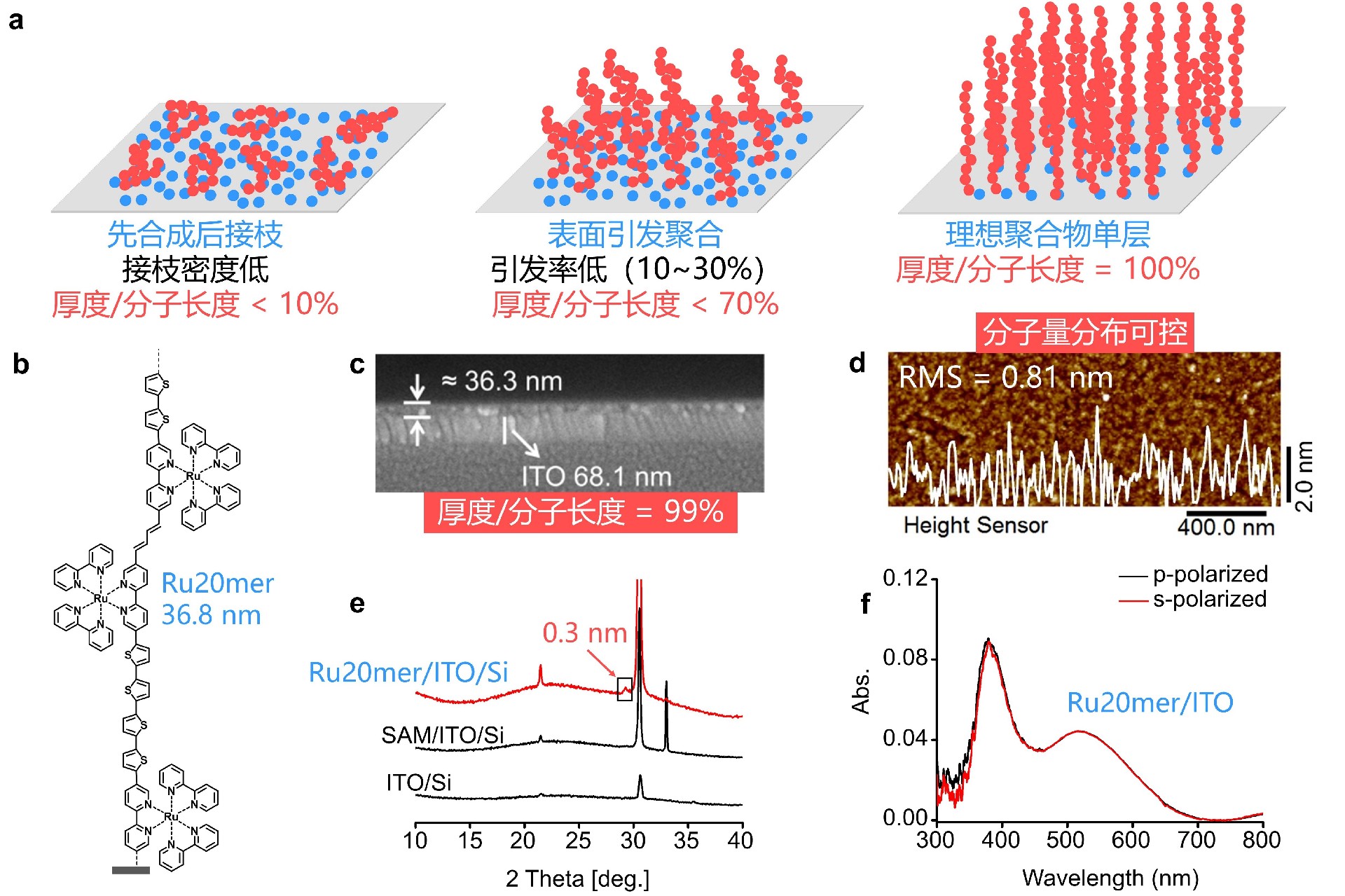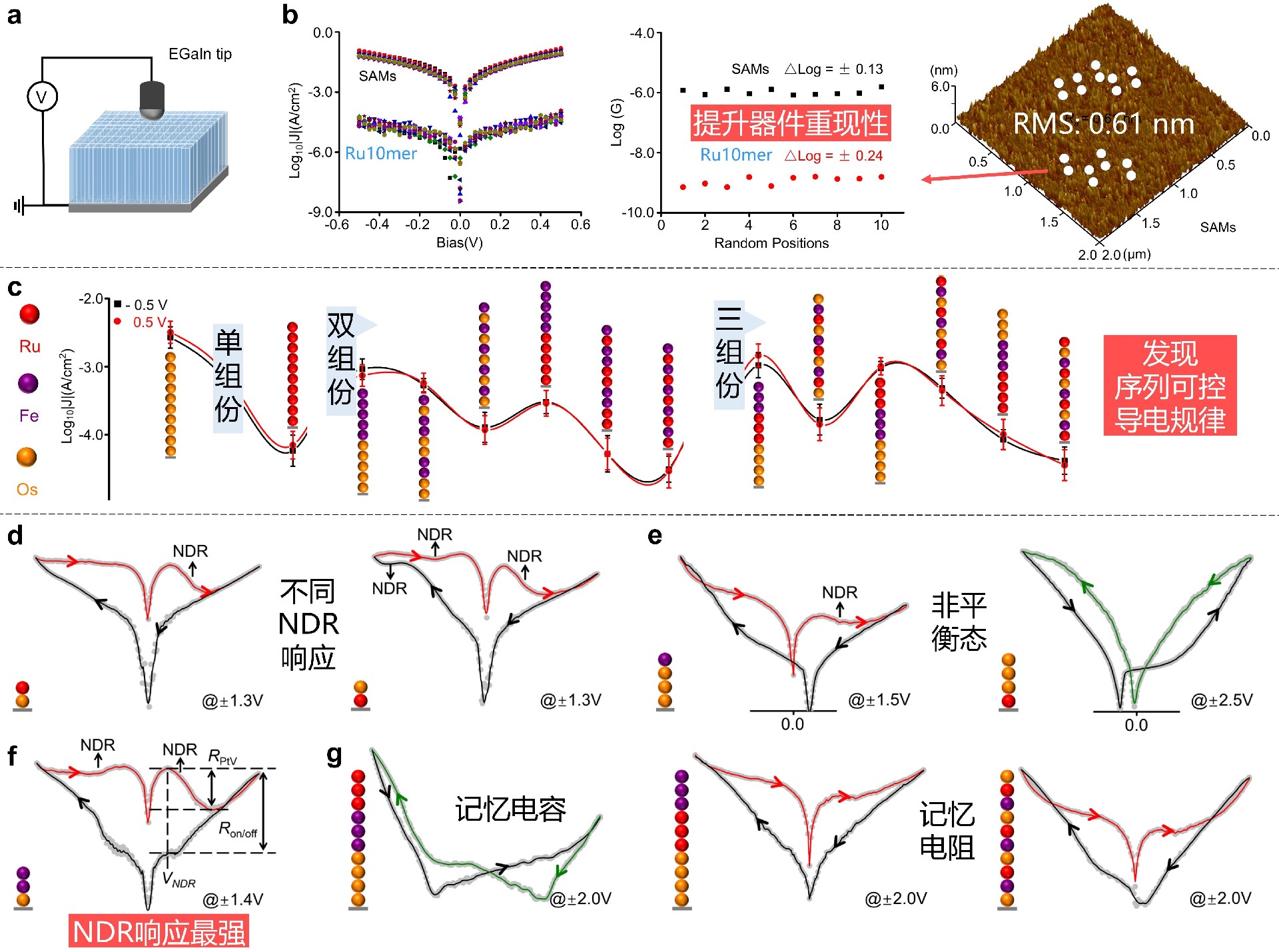
Research
Electrosynthesis uses electrons as a potent, controllable, and traceless alternative to chemical oxidants or reductants, and typically offers a more sustainable alternative to conventional redox reactions, sometimes even succeeding with better selectivity or unique reaction. Thermodynamics and kinetics at the solid-liquid interface can be accelerated by controlling potentials and current intensities, while electrochemistry can simplify purification and post-treatment processes. We focus on the electrochemical synthesis of novel organic electrical materials. A particular emphasis of our philosophy is how to understand the synthesis of electro- and photofunctional polymers from electrochemical approaches. Solid-phase electrosynthesis developed in our group can enable real-time monitoring of redox processes across a variety of length scales while producing complex polymers and materials fabrication. Recent information on our group's current research activities, which focus on solid-phase electrosynthesis, can be found in the group's publications, but a brief introduction to each example of recent projects is provided below.
Keywords: Solid-Phase Electrosynthesis, Iterative Synthesis, Sequence-Controlled Synthesis, Precise Synthesis; Metallopolymer; Polymer Monolayer; End-on Polymers; Polymer Brush; Nonlinear Conductive Materials and Microelectronics; Memristor;
(1) Solid-Phase Electrosynthesis (Electrochemical Iterative Synthesis, Precise Synthesis, Polymer Orientation)
We proposed the concept of solid-phase electrosynthesis, which simultaneously enables rapidly surface-initiated uniform electrosynthesis and unidirectional assembly of metallopolymers via kinetically accelerated and statistically allowed iterative growth.

Fig. 1 Solid-phase electrosynthesis.
Acc. Chem. Res. 2023, 56, 3694.
(2) Vertically oriented conjugated metallopolymers as two-dimentional nanoarchitectures
Long-range ordered nanoarchitecture of polymers is hampered by kinetic and statistical restrictions during polymer synthesis and manipulation. We have reported the monolayer nanoarchitecture of long-range crystalline metallopolymers via kinetically accelerated and statistically allowed iterative growth, guided by a self-assembled monolayer with monitoring and defect-repair abilities.

Fig. 2 Nanoarchitectonics on electrosynthesis and assembly of conjugated metallopolymers.
Angew. Chem. Int. Ed. 2023, 135, e202311778. hot paper
(3) Sequence-Controlled Conductance and Memristive Functions of Metallopolymer Monolayers
Understanding how charge travels through sequence-controlled molecules has been a formidable challenge due to simultaneous requirements in well-controlled synthesis and well-manipulated orientation. We reported electrically driven simultaneous synthesis and crystallization as a general strategy to study the conductance of composition and sequence-controlled unioligomer and unipolymer monolayers. Our work demonstrated a promising way to release an ultra-rich variety of electrical parameters and optimize the functions and performances of multilevel resistive devices.

Fig. 3 Composition and sequence-controlled conductance of crystalline unimolecular monolayers.
Sci. Adv. 2023, 9, eadh0667.
